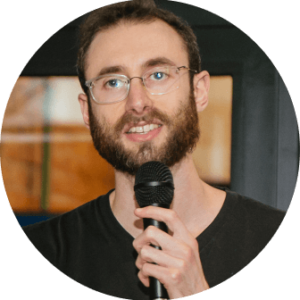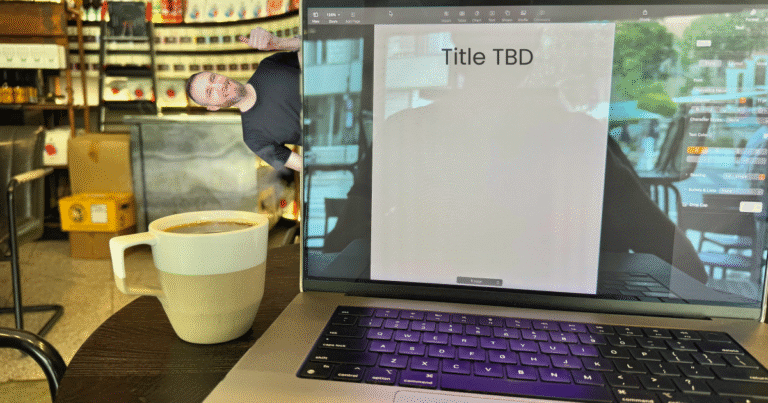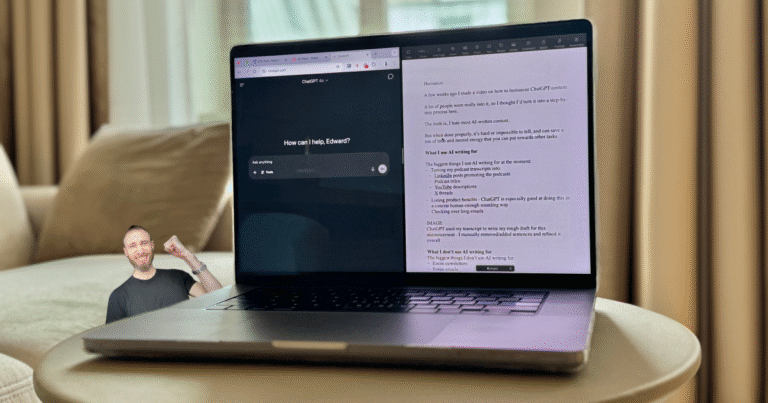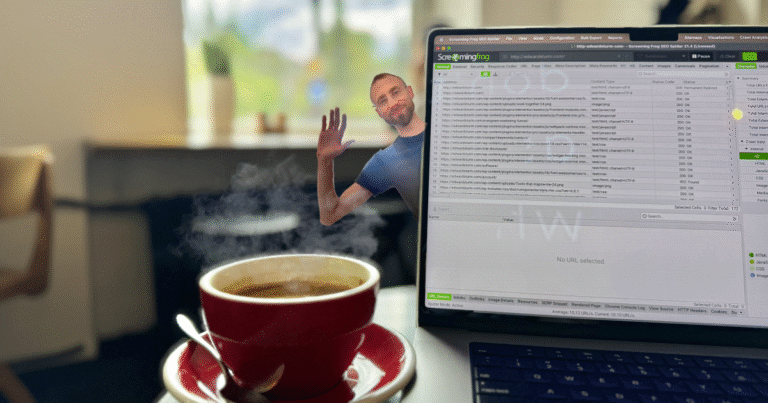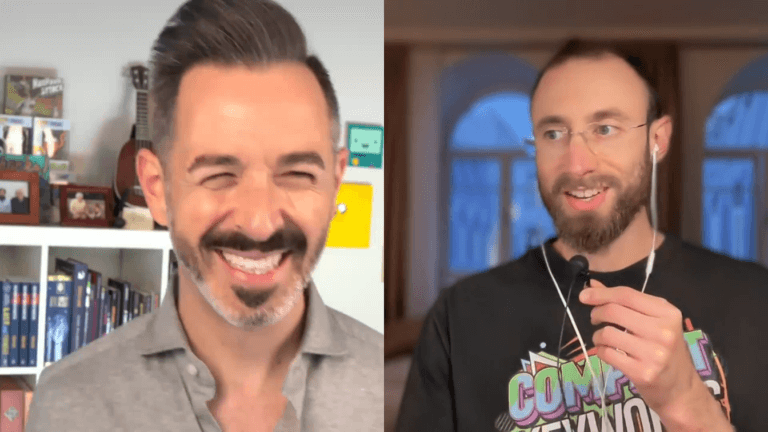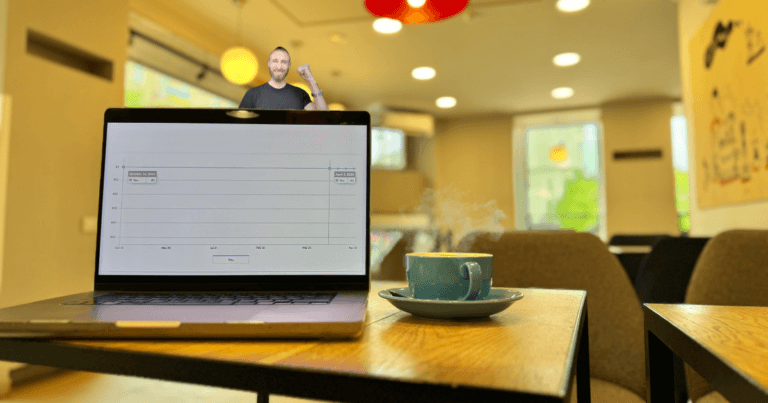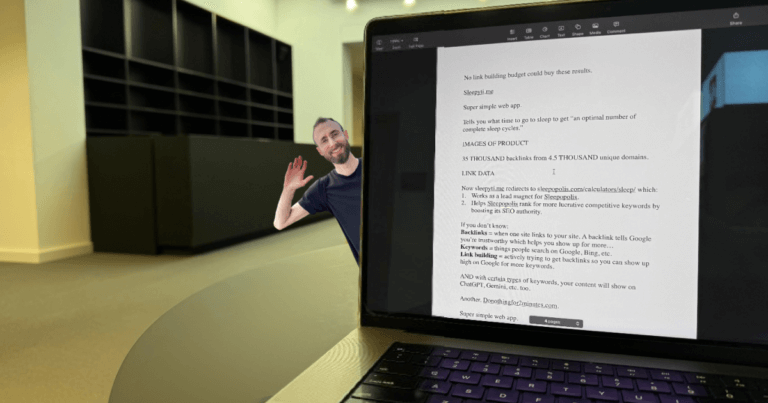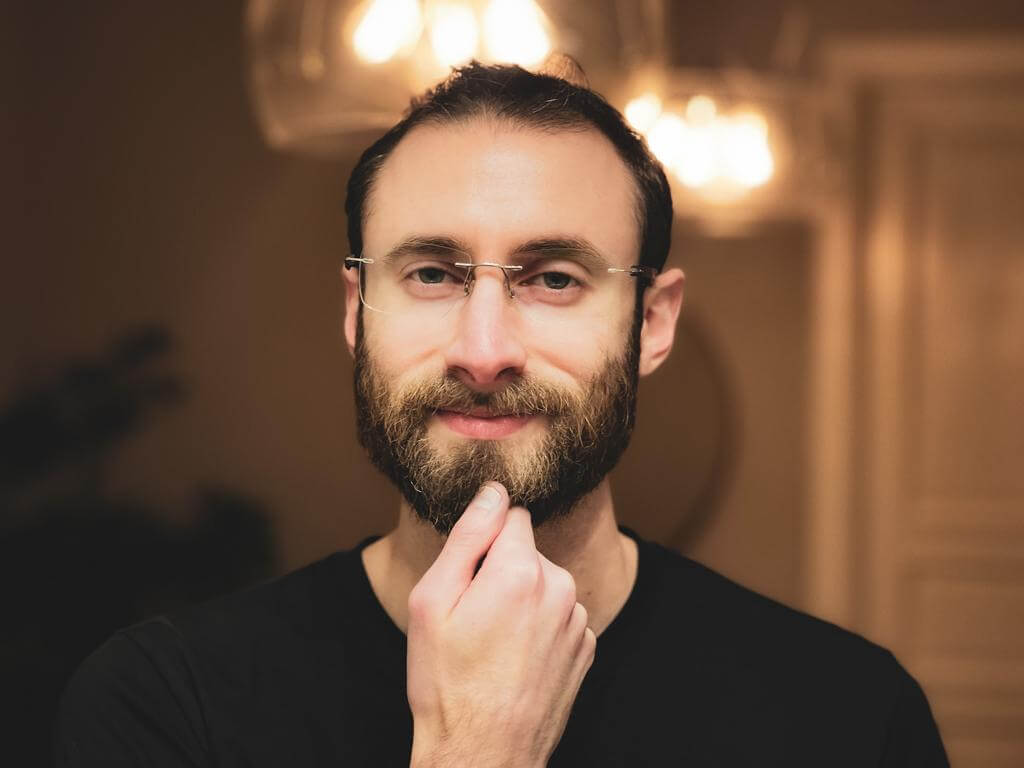In the early 2010s, this now-popular movement emerged in indie hackers and startup communities called Build in Public.
Whereas a lot of founders were obsessed with “stealth mode” because they were worried people would steal their ideas – or they felt they didn’t have anything worth sharing – Build in Public encouraged sharing everything. Often, this took the form of posting daily updates to Twitter.
But the Build in Public concept doesn’t just have to apply to tech.
You could be building a career, a side hustle, a freelancing business, a DTC brand, a local business, a podcast, a creative portfolio, or even just a personal habit—and still “build in public.”
And why would you do this?
Because the awareness that you get over time compounds and gives you tremendous opportunities…
Blake Lloyd
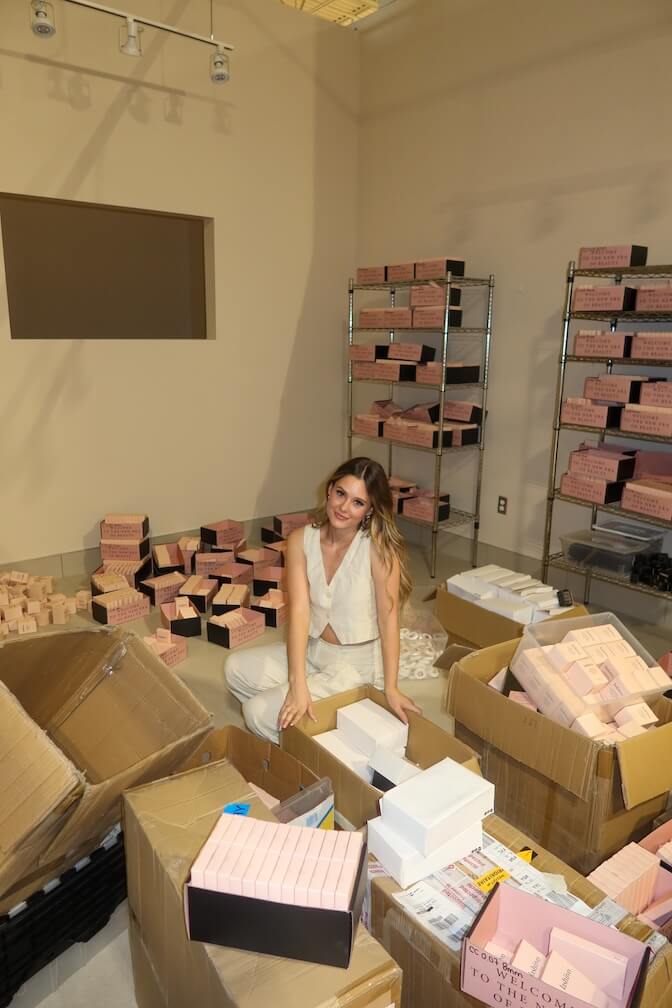
A few days ago I had Blake Lloyd on my podcast. 24 years old, she used Build in Public to build a 7 figure eyelash supply business.
She started at 16, taking eyelash extension clients from her parents’ bedroom.
Started a new Instagram (separate from her personal one) for this new service-based business.
Every day she spent at least 5 minutes posting to IG: sharing client transformations, behind-the-scenes, lash tips, her struggles, her wins.
At first, of course, she was only getting clients from in-person word of mouth.
Then she started getting clients from Instagram.
In fact, two years after starting, at 18, she had enough demand she was able to open her own lash-only salon. And she was able to take on students as well.
She kept posting.
At least five minutes a day. Sharing everything.
As she continued working, she kept hearing the same complaints: Lashes didn’t hold their curls, adhesive dried too slowly, shipping took forever…
No one was solving these problems. She decided she would.
At 20, she flew to Korea – alone. To meet manufacturers. To learn how to make a product that actually solved these issues.
When she fully launched the product – she used the Instagram she had been building post by post, day by day, for the last four years.
And she built enough trust and awareness in the industry that her product was immediately successful.
For more, here’s the podcast I did with her:
How you can do this too
Five minutes a day is enough for anybody to share their journey and build opportunity-giving awareness.
Blake’s story started in 2016 when platforms were different. There was no TikTok. No Reels. Less automation tools. Discovery was harder.
Here’s how to do this in 2025:
- Either use your main or do what Blake did and create a new account. Create new accounts on Instagram, TikTok, Pinterest, a LinkedIn company page, a new 𝕏, a new YouTube, a Facebook page.
- Show your face in content.
- This study found that photos with faces get 38% more likes and 32% more comments. The study also found that the age or gender of the face didn’t have an effect.
- Aside from the above, people buy from people.
- You craft a personal journey.
- It builds trust.
- Use a lot of video because it’s heavily prioritized in algorithms.
- Use an automation tool to have your videos simultaneously release everywhere.
- It used to be this worked poorly with Meta platforms. However, it seems this now works well. Recently, I received an email from a subscriber of my newsletter, “I used your automation to grow from 0 to 100k followers on IG in 6 months. I post to TikTok only and the videos automatically come out everywhere else.” That’s from Michael Taylor – IG: https://www.instagram.com/shiftingshares/ TikTok: https://www.tiktok.com/@shiftingshares
- The automation I use and Michael uses is Repurpose.
- Start small. Make your videos in the TikTok or IG app. I recommend the TikTok app – it’s what I started with and it’s simple.
- Spend 5 min posting every day. That’s it. 5 min. Your only metric for success when starting is if you posted for that day.
- When I started, I gave myself a 30 day challenge for posting. It worked. Now I’m on day 881 of consecutive posting.
- What to make subject matter on – everything:
- Wins
- Losses
- Learnings especially
- Behind the scenes
- Before and afters of your work
- New ideas
- What your day was like
- Books you’re reading
- Podcasts you’re listening to
- People who inspired or helped you
- Your workspace
- Weekly and monthly recaps
- Milestones
- Pivots
- Experiments
- New implementations
- Things you’re cutting
- Questions you’re trying to figure out
- Customer and client testimonials
- Note that even if your work is confidential or client-sensitive, there’s still a lot here you can share.
- Don’t start videos with “hey everyone.” In fact, cut all introductions.
- I recently cut the intro from a year-old video. The original with the long intro got 371 views. The cut-intro version got 2.4 million views.
- If you want to go deeper (and you don’t need to!) here’s exactly how I post each day right now.
Do these things and you’ll likely begin seeing results in a few months. And even if you have NO PRODUCT, the audience you build will tell you what they want – just as happened with Blake.
SEO
You shouldn’t worry about this if you’re just starting, but video ranks wildly well within normal Google Search now:
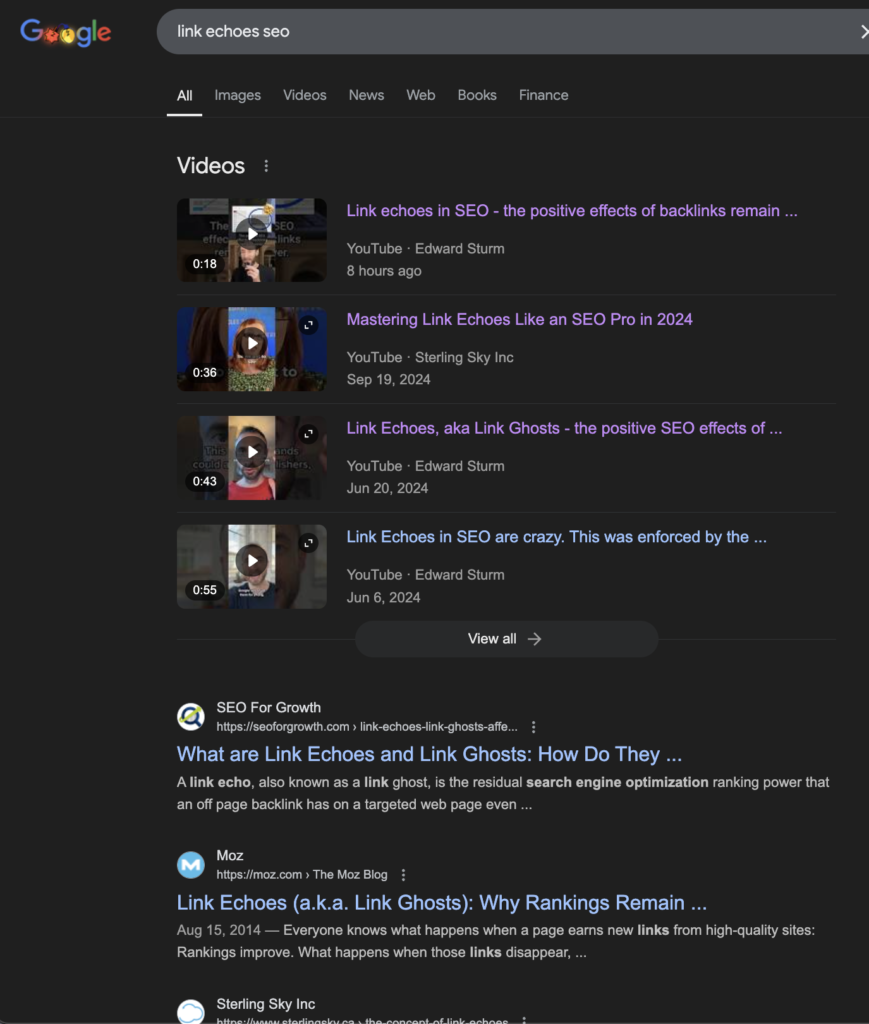
I made those three videos each in minutes. They all ranked in the top 4 results THE NEXT DAY… over others’ articles which took days and weeks to write!
If you’re making videos and have keywords (things people search in Google) you care about – put the keyword at the beginning of the video description and beginning of the video title. Then add a few extra sentences to the description.
I get a lot of discovery now from SEO with my videos.
Post
You don’t need ads.
You don’t need a marketing team.
You don’t need sophisticated software.
You need 5 minutes a day, an Internet connection, and a phone.
Anyone can build an audience.
Post.
Compact Keywords
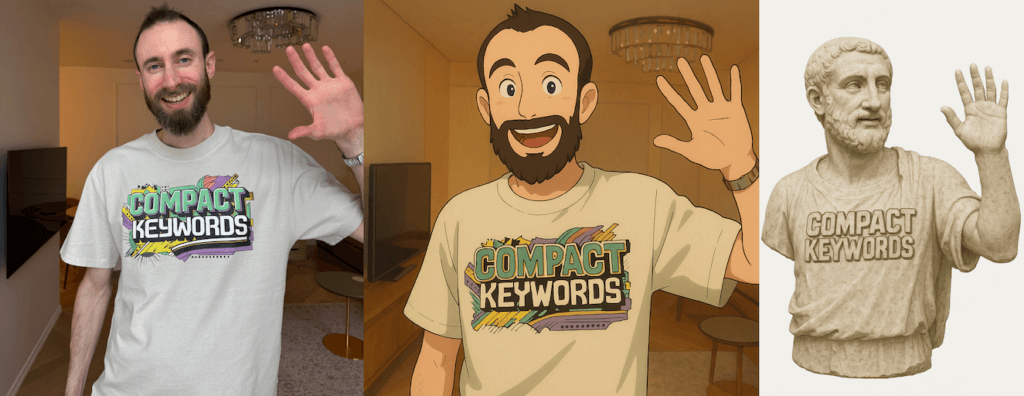
If you like these articles, you’ll love my in-depth SEO course, Compact Keywords.
It’s a 13.5 hour course that shows how to get paying customers, users, and warm leads with SEO.
Most SEO advice is built around blog content — long articles, top-of-funnel traffic, and hoping someone eventually converts.
Blog SEO is quickly getting disrupted by AI and recent research just found that Google’s AI overviews decrease organic clickthrough rate by 70%. Don’t do blog SEO.
Compact Keywords is different. It focuses on purchase-intent SEO landing pages – short, targeted pages that match exactly what people are searching for when they’re ready to buy or take action.
These keywords are under-targeted, low competition, and high converting.
They require less time and money to rank for – and they align perfectly with how both AI and Google now surface results.
To learn more – and see how it works firsthand – please check out https://compactkeywords.com/


